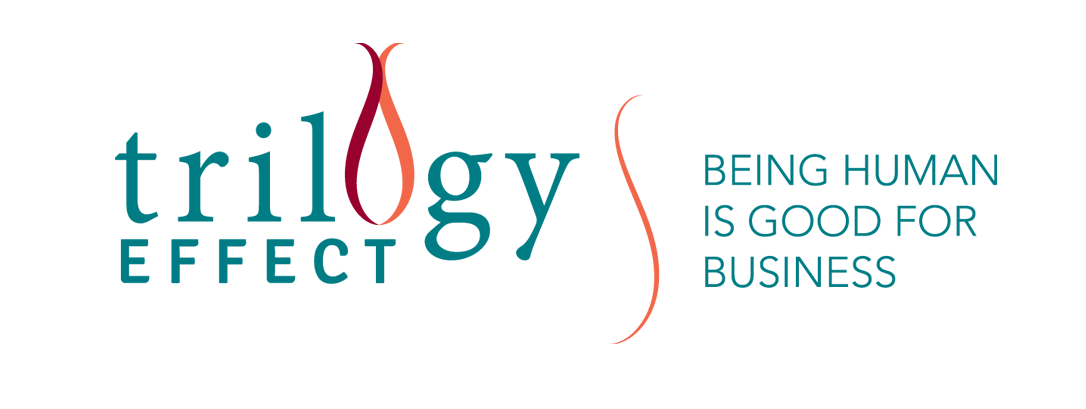How many leaders could have ever foreseen the multiple and systemic impacts of the Covid-19 pandemic? With each day, Covid-19 provides new challenges that could send even the most seasoned CEO reeling. How can you stay on top of your game and lead your organization successfully through these troubled times?
In a crisis, leaders who rely on their creative competencies over their reactive tendencies will prevail. But navigating the line between them is tricky part.
At any moment all leaders are either above, below, or on this line. The location describes how they are facing challenges.
When above the line, leaders are open, purposeful, collaborative, caring, focused. Leading from below the leaders act critical, closed, arrogant and blaming.
Over these past several stressful weeks, most leaders have spent some time below, above and even just on the line.
Trilogy Effect Partner Wendy Appel explains, “Some leaders may tend to be more reactive. They are exhibiting the habitual patterns of protecting, defending, blaming and judging. Those who are above the line are less constricted and are better at solving problems.
“You can see examples of this balance everywhere today. We are witnessing generosity, kindness, sharing and creativity. People are building much-needed respirators with 3D printers, for example! These creative solutions stem from ‘above the line’ thinking.”
Why hoard toilet paper?
People who find themselves below the line are often fearful and worried. For instance, we see people are hoarding toilet paper and food? Fear brings forward the self-preservation instinct that we all have inside us, and those of us who are below the line tend to take care of themselves first. They may think “I’m going out despite the science behind government warnings.”
Conscious leaders are more aware of their reactive impulses, and this knowledge supports them in making the best choices.
The Enneagram is a useful tool in helping each leader become aware of his or her automatic reactions and creative possibilities. It’s a development framework that gives individuals the opportunity to explore their core motivations and gifts. It’s a lens through which people become aware of their patterns of thoughts and feelings. It equips them to make conscious choices that will bring out their best and the best in others.
Partner Mary Beth Sawicki adds, “Using these insights when you're on the line, ask yourself: ‘Is what I'm about to say or do a reflection of who I am and who I want to be?’ When you remember to do that, you can respond instead of just reacting.
“Sometimes it’s easier to go below the line when you’re annoyed or sad or fearful,” she explains. “And, if you take a pause and ask yourself that question, it will bring you back above the line, drawing on your creative competencies.”
Leading with Compassion
Yet, most of us know there’s a point where we will say or do something that might get us in trouble, and we are not able to stop ourselves for whatever reason. Don’t beat yourself up over this.
Managing Partner Heather Marasse says, “Human beings go below the line all the time. We get scared and life has a way of messing us up. The key is to notice that's just all it is and to be responsible for the consequences, such as hurt feelings or misunderstandings.
“As leaders, we must have compassion right now. For our teams, for ourselves and humanity. None of us can cope perfectly each day living in a global pandemic.”
People go below the line all the time, most people go there daily. The trick is to catch yourself and recognize where you are. We can all practice the pause.

